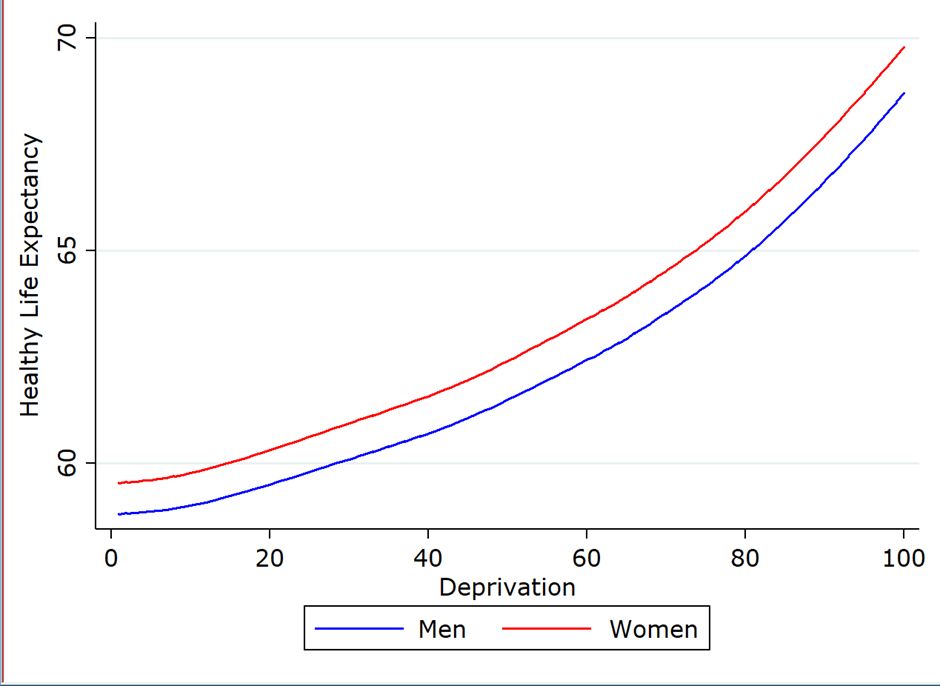Jamie O'Halloran
@jamie-ohalloran.bsky.social
320 followers
69 following
32 posts
Senior Research Fellow at IPPR | PhD from University of Southern Denmark | Labour market, inequalities and health | Views are my own
Posts
Media
Videos
Starter Packs
Pinned
Reposted by Jamie O'Halloran
Lucy Mort
@lucyhbmort.bsky.social
· Dec 10

















